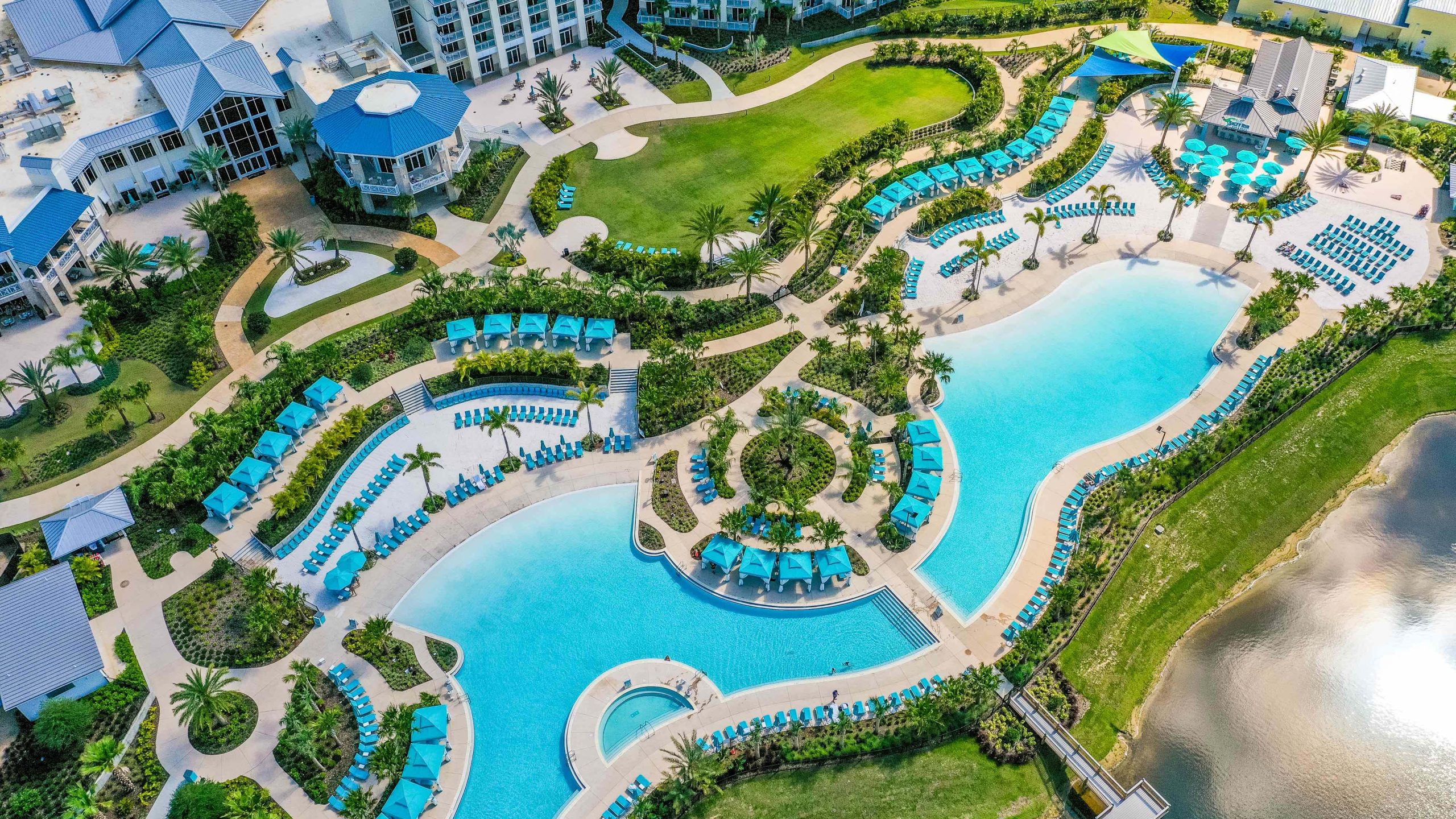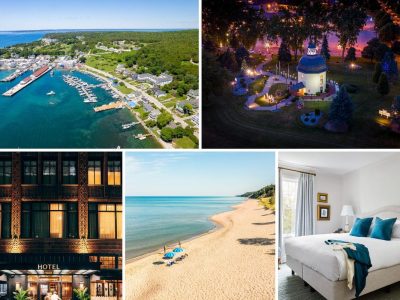Once, a long time ago, Dad loaded the wife and kids into the station wagon, and they headed off on a family vacation. Those days are back in a much different form. For one thing, the grandparents are coming along. Among other changes, while a large percentage will stay on a hotel or a resort property, their experience will be much better.
Experts across the travel industry agree that multigenerational travel is more than a one-season trend; it is a long-term expectation for Americans. In the Family Travel Association’s 2023 survey, over 50 percent of parents said they planned to travel with grandparents and children. Half of the grandparents responding to the survey said they had taken a multigenerational trip in the past three years, and 40 percent said that they were likely to take one in the next three years.
International Medical Group found in its annual “Travel Outlook Survey” that 35 percent of families had planned a domestic or international trip with multiple generations. These were not trips to see the grandparents. Italy, Spain and Thailand joined the list of most popular international destinations—Canada, Japan and Mexico.
The larger numbers in one booking are creating opportunities for hotels and resorts. Prospects are good for locations that appeal to each generation, primarily beaches, museums and cultural attractions and spots near where family and friends live.
The challenge is keeping everyone together, whether in airplane seats or connected hotel rooms. A multigenerational family likely needs three or four rooms together, something a minority of suites have in their floorplans. Scattering multigenerational families along hallways or floors leads them to places that hotels and resorts do not want them to go: private homes.
Countering the B&B Threat
The home-sharing industry positions itself as a family-friendly alternative to hotels, with ads promising the comforts and amenities of a residence, plus privacy. TV spots promise horse ranches, private hiking trails, waterways and table tennis. The ads have tapped into one of the major reasons multigenerational families gather: to make memories. In its research, Blue Cross found that 77 percent of multigenerational trips were associated with a life event such as a milestone birthday or family reunion.
The proper response is not to remodel rooms but to redesign business models to incorporate single-family homes. And here, hotels and resorts have an advantage over the home-sharing industry. Families seeking sleeping quarters that include living spaces and a full kitchen want to rent a residence from a brand they know and trust.
One industry survey found that Airbnb guests most often complain about a residence’s cleanliness, maintenance, problems with check-ins, a lack of amenities and supplies, and unhelpful hosts. Hotels and resorts, especially those with four or five stars, excel in all these areas.
When consulting firm Deloitte asked consumers searching for a private rental what they considered most important, trust in the brand ranked at the top, followed by availability, amenities, adequate space and flexibility options. The same study found that the top reasons for staying in a hotel were trust, flexibility and amenities.
Hotels and resorts can—and must—perform better than private residence owners in meeting and exceeding guest expectations. Their hotel-brand contracts require that they provide consistent accommodation and service experiences, and their social media ratings and guests’ loyalties require it.
Higher quality can be leveraged to attract multigenerational groups to hotel and resort properties. Private homes operated under the same flag and standards as the rest of the property can—and should—generate short-term rentals better than a private homeowner on a marketing platform.
Are these home timeshares or for vacation club members? No. They are non-owner-occupied residences that residential realty partners have brought to the market. Their numbers are increasing as they form partnerships with forward-thinking hotel and resort brands. These third parties are more like partners because they provide development, marketing, technology, management and other services.
The cooperative enterprise delivers to multigenerational travelers what they want: the comforts of home with the amenities of a hotel or resort. For multigenerational guests, the activities, services and dining options provide a competitive edge over private homes. While family members reunite to share each other’s company, they also want time apart. A hotel or resort offers a pool for the kids, a spa or other services for the parents, and walking paths or trails for the grandparents. Activities that appeal to each generation can generate more revenue through higher property use.
Brands also bring massive marketing power to the rental community. They can leverage that to attract homeowners and project owners because of the savings on direct advertising at the property level. With more guests on the property, brands will generate more booking revenue.
In many cases, guests will also drive higher utilization of amenities such as restaurants, spas, and golf courses. Many times, brands can increase sales in marketplaces and hotel stores by leveraging their unique intellectual property to brand items.
When hotels have limited offerings, the third party can develop amenities that fill the void. In southern U.S. climates, these could include a water park, a pool with cabanas, and in-home spa services. In northern mountain areas, snowmobile rentals and hunting and fishing activities could be offered. Together, the brands will attract more guests than they could separately.
What Might a Partnership Look Like?
The hotel or resort owners enter into a multi-faceted agreement with a brand that specializes in resort-style private residences.
The brand develops, markets and manages single-family homes branded with the hotel or resort’s name. The residences are designed, furnished and maintained to the client’s brand standards. The more upscale the hotel or resort’s flag, the more luxurious the accommodations and amenities. The agreement can include everything from housecleaning to marketing to property development from the ground up.
Several critical elements deserve special attention. First is guest registration. Guests should think that the residences are part of the hotel or resort. Second is equal access to amenities and services that onsite guests enjoy. Third is communication, which leads to a shared vision of how the homes set the property apart from other hotels and resorts and the home-sharing industry. Speaking with one voice to guests, travel writers and other influencers can position a hotel or resort as the most attractive choice, no matter how competitive the market.
Nicholas Falcone, CEO of Rentyl Resorts, is an innovator and recognized leader in the tourism and hospitality industry. Since 2011, Falcone and his team have been changing the face of real estate, travel and tech, creating new ways to manage real estate and take vacations. In 2015, he co-founded Rentyl Resorts and launched the first branded residential resort in the world.










